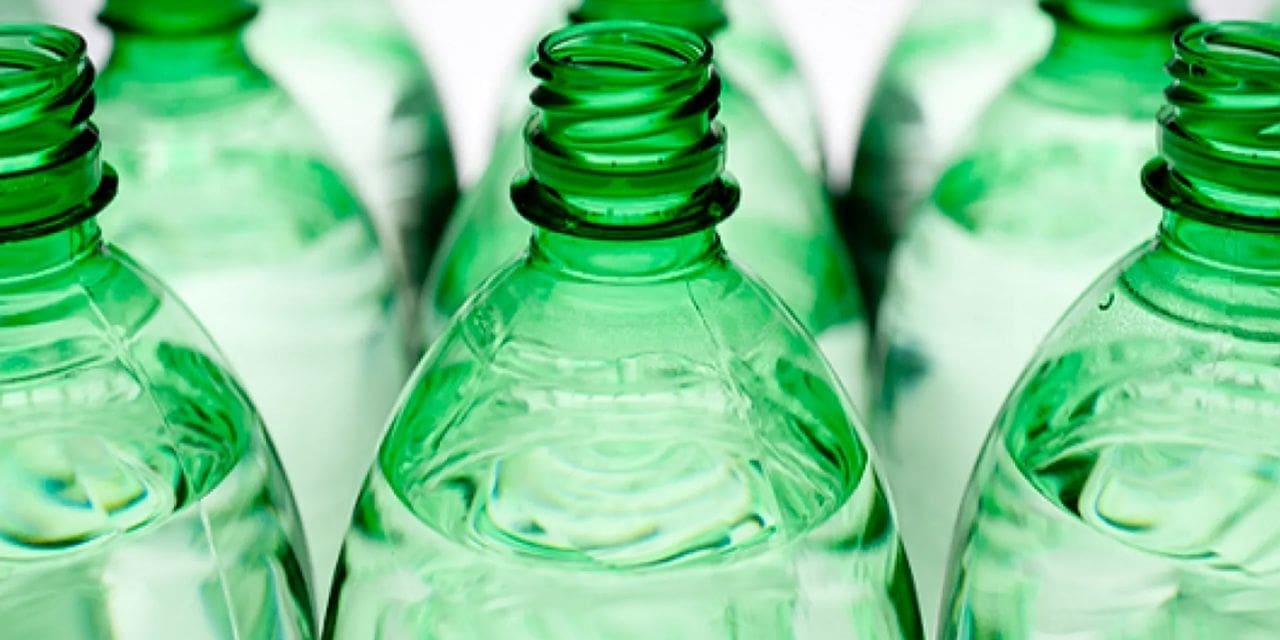The report “Bioplastics & Biopolymers Market by Type (Non-Biodegradable/Bio-Based, Biodegradable), End-Use Industry (Packaging, Consumer Goods, Automotive & Transportation, Textiles, Agriculture & Horticulture), Region – Global Forecast to 2026″, global bioplastics & biopolymers market size is projected to grow from USD 10.7 billion in 2021 to USD 29.7 billion by 2026, at a CAGR of 22.7% between 2021 and 2026. Bioplastics are plastics derived from renewable sources such as corn, potatoes, rice, soy, sugarcane, wheat, and vegetable oil, while biopolymers are naturally occurring polymers. A bioplastic may or may not be biodegradable. Bioplastics are mainly segmented into biodegradable and non-biodegradable plastics for various applications in the packaging, consumer goods, automotive & transportation, agriculture & horticulture, medical, and other end-use industries.
Browse
• 142 Market data Tables
• 50 Figures
• 244 Pages and in-depth TOC on “Bioplastics & Biopolymers Market – Global Forecast to 2026”
Some of the prominent key players are:
- NatureWorks (US)
- Braskem (Brazil)
- BASF (Germany)
- Total Corbion (Netherlands)
- Novamont (Italy)
- Biome Bioplastics (UK)
- Mitsubishi Chemical Holding Corporation (Japan)
- Biotec (Germany)
- Toray Industries (Japan)
- Plantic Technologies (Australia)
Opportunity: High potential in emerging countries of APAC
The bioplastics & biopolymers market players are continuously implementing organic and inorganic strategies for their growth. In recent years, the players have made many strategic developments in the emerging countries of APAC. For instance, in 2019, Total Corbion set up a PLA Plant in Rayong, Thailand, with a production capacity of 75,000 tons per year. In the same year, Mitsubishi Chemical Holding Corporation (Japan) and Lenovo Group Limited (China) entered into a joint venture to produce a bioplastic-based body (3D shape rear panel) for smartphones. In addition, Indonesia is exploring bioplastic alternatives, such as seaweed. Evoware, a local player, provides patented seaweed-based packaging. The company is producing containers made from seaweed. The regulations related to the environment are expected to increase, which would eventually propel the demand for bioplastics in these countries in the future. Moreover, Southeast Asia is rich in bio-based feedstock required to produce bioplastic as it has local access to sustainable raw materials. Thus, regulations, coupled with the easy availability of feedstock, will, in turn, help sustain the demand for bioplastics during the forecast period
Biodegradable bioplastics & biopolymers type will account for the major share of the market in terms of value
Biodegradable are the largest type segment in terms of value during the forecast period. Biodegradable polymers are high molecular weight compounds that decompose naturally in the environment through bacteria and other microorganisms during a span of time. The process produces natural byproducts, such as biomass, water, gases, and inorganic salts. Biodegradable polymers are made from renewable sources such as corn oil, starch, orange peels, and plant materials and deteriorate into natural by-products. The growing concerns related to environmental pollution and non-renewable finite petroleum resources are leading to the increasing use of biodegradable bioplastics & biopolymers.
APAC is estimated to be the fastest-growing market for bioplastics & biopolymers between 2021 and 2026.
APAC is estimated to be the fastest-growing market for bioplastics & biopolymers between 2021 and 2026. Growth in APAC is primarily attributed to the fast-paced expansion of the economies such as China, India, and Indonesia. Growing population increased consumer spending, and rapid industrial expansion are the major factors responsible for the high growth rate of the region. Growing environmental concern and awareness along with increasing regulations are the key factors driving the demand for bioplastics & biopolymers. The manufacturers focus on the high-growth market to gain market share and increase their profitability.

